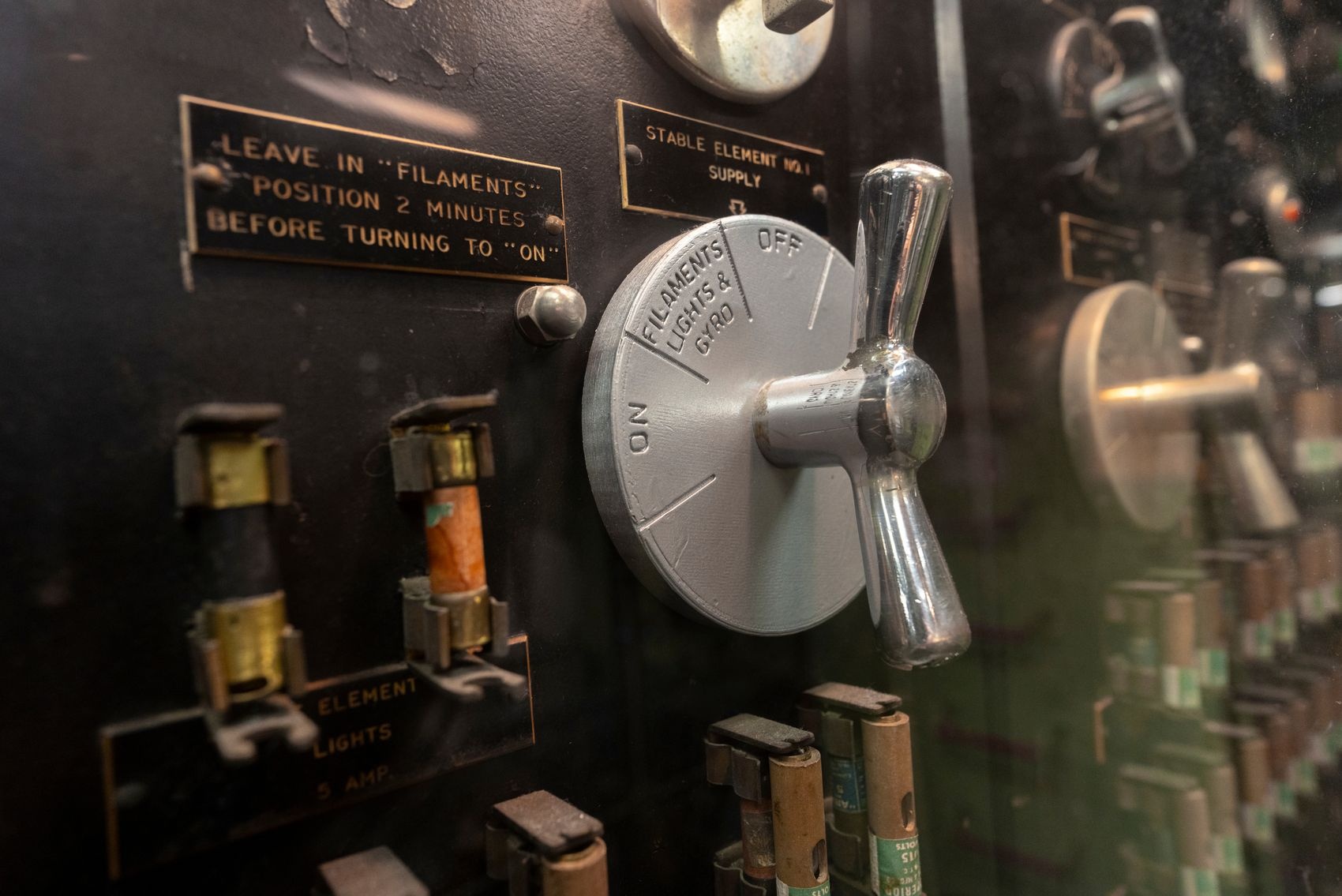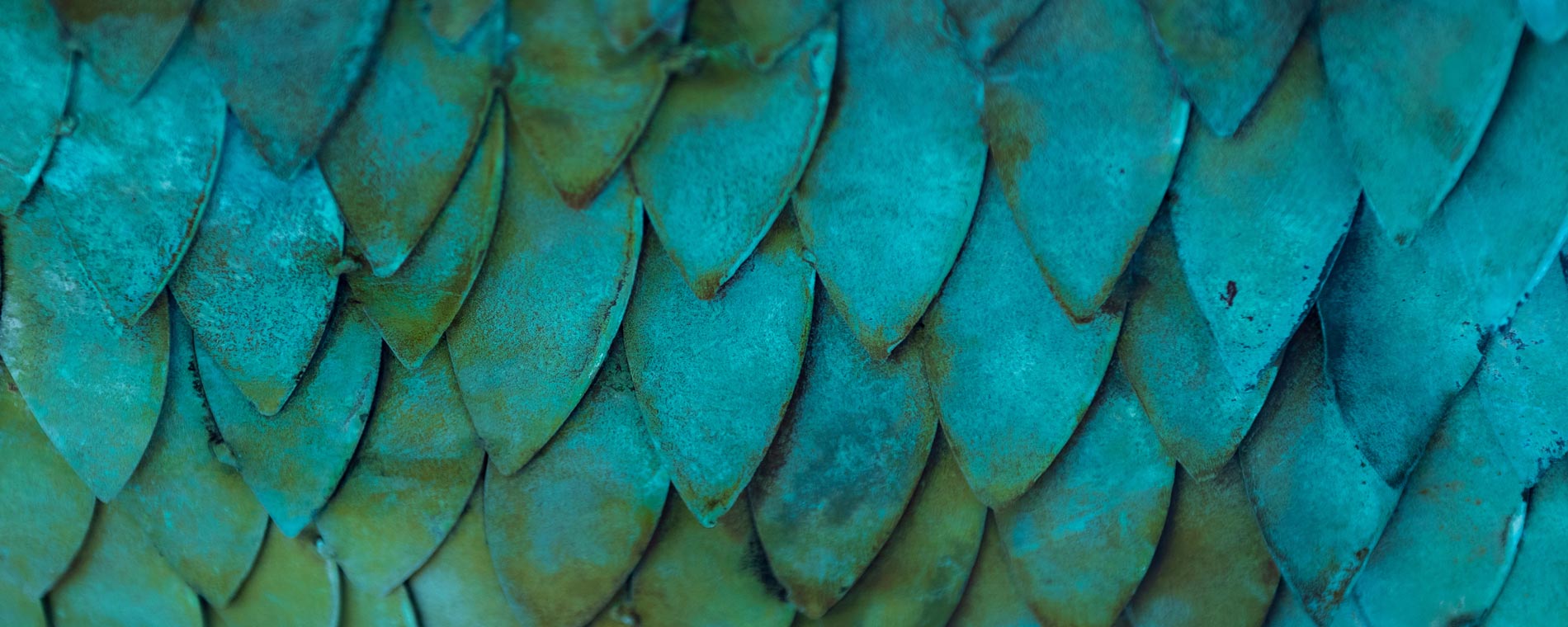
Photo: Jeff Janowski/UNCW
UNCW has taken a key role in using cutting-edge technology to put a World War II-era ship back together.
The USS North Carolina served in every major naval offensive in the Pacific and has seen millions of visitors walk her decks in the decades since taking her place in the Cape Fear River across from downtown Wilmington.
“Things fall off and disappear,” said Pete McWilliams, a volunteer for the battleship. “Visitors like to take souvenirs, and there were a lot of things missing from just when the ship was mothballed.” After the ship was decommissioned, it was used as something of a spare parts warehouse for ships still in service.
Volunteers such as McWilliams work with the battleship staff to ensure authentic restoration of the state’s World War II memorial. When adequate replacement parts can’t be found, they turn to more creative solutions.
Alyssa Wharton, the UNCW Library Digital Makerspace coordinator, said the battleship reached out online to talk about the possibilities of 3D printing and scanning. “My goal is to provide people with realistic expectations,” Wharton said. “A lot of people think that it's like Star Trek, and we're not quite there yet. But we still want to find ways to make it work.”
The volunteers and staff had already explored other possible ways to recreate missing parts. Some that need to stand up to daily handling by visitors must be cast from metal, and others need special handling because they are so large. But for smaller pieces that live out of reach of tour routes, 3D printing has been an ideal solution.
The volunteers worked with Wharton to accurately scan examples of pieces that needed replacing (“It’s an art and a skill,” McWilliams said) and to evaluate printed samples in the tough ship environment. Although the battleship now is setting up its own makerspace where it can scan, print and paint replacement parts, Wharton and UNCW Library’s Digital Makerspace get much of the credit.
“That's really been the nice thing: having somebody that you can send an email to say, ‘What about this?’” McWilliams said about the collaboration. “Every visit we learned something more useful.”
More than $12 million in support for coastal and marine science programs and research initiatives has been contributed during Like No Other: The Campaign for UNCW.
This article has the following tags: Engagement Research & Innovation myUNCW - Faculty & Staff Arts & Culture


